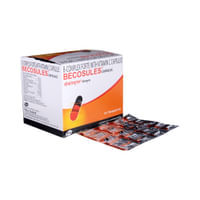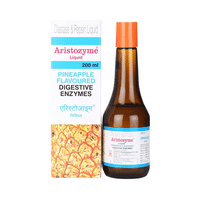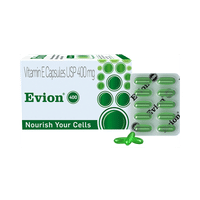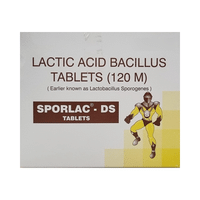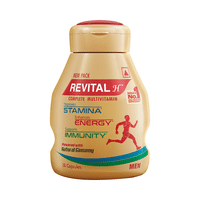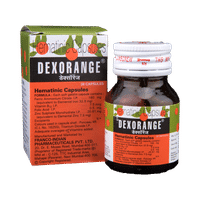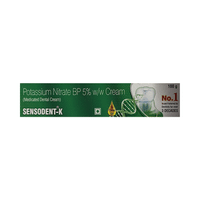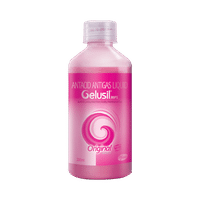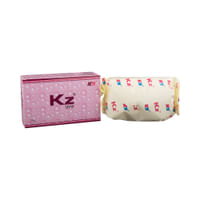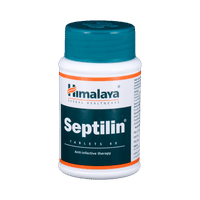Brite Eye Drop
Rs.169for 1 packet(s) (10 ml Eye Drop each)
food interaction for Brite
alcohol interaction for Brite
pregnancy interaction for Brite
lactation interaction for Brite
food
alcohol
pregnancy
lactation
No interaction found/established
No interaction found/established
Information regarding the use of Brite Eye Drop during pregnancy is not available. Please consult your doctor.
CONSULT YOUR DOCTOR
Information regarding the use of Brite Eye Drop during breastfeeding is not available. Please consult your doctor.
CONSULT YOUR DOCTOR
SALT INFORMATION FOR Brite
Carboxymethylcellulose(3mg/ml)
Uses
Carboxymethylcellulose is used in the treatment of dry eyes. It is used as a lubricant to relive irritation and discomfort due to dryness of the eyes or due to exposure of the eyes to wind or sun.
How it works
Carboxymethylcellulose is a lubricant. It works similar to natural tears and provides temporary relief from burning and discomfort due to dryness of the eye.
Common side effects
Eye irritation, Eye itching, Eye pain, Visual disturbance, Eye discharge, Increased lacrimation, Hypersensitivity, Ocular hyperemia, Corneal injury, Corneal abrasion
n-acetylcarnosine(10mg/ml)
Uses
n-acetylcarnosine is used in the treatment of nutritional deficiencies.
How it works
N-Acetylcarnosine belongs to a class of medications called anti-oxidants and is similar to naturally occurring substance called L-carnosine in the eye. It prevents and reverses the hardening and clouding or discoloration of the eye lens thereby preventing and treating age-related cataracts.
Common side effects
Paresthesia (tingling or pricking sensation)
Glycerol(10mg/ml)
Uses
Glycerol is used in constipation.
How it works
Glycerol works by drawing water into the intestine through osmosis, which makes the stool soft and easier to pass.
Common side effects
Vomiting, Nausea, Diarrhea, Aspiration (regurgitation into the lungs), Local site irritation
Boric Acid(3mg/ml)
Uses
Boric Acid is used to prevent infections.
How it works
Boric Acid is an antiseptic which treats infection in the affected area and relieves irritation.
Common side effects
Increased liver enzymes, Abdominal pain, Allergic reaction, Burning sensation, Irritation, CNS stimulation, Central nervous system depression, Diarrhea, Rash, Vomiting
SUBSTITUTES FOR Brite
4 Substitutes
4 Substitutes
Sorted By
 Rs. 241.55pay 34% more per ml of Eye Drop
Rs. 241.55pay 34% more per ml of Eye Drop Rs. 129.66save 23% more per ml of Eye Drop
Rs. 129.66save 23% more per ml of Eye Drop Rs. 180pay 7% more per ml of Eye Drop
Rs. 180pay 7% more per ml of Eye Drop Rs. 152.37save 10% more per ml of Eye Drop
Rs. 152.37save 10% more per ml of Eye Drop
Expert advice FOR Brite
- Your doctor has prescribed Carboxymethylcellulose to treat dry eye disease.
- It stabilizes the natural tear film and maintains necessary lubrication so your eyes don’t get dry and irritated.
- May require long-term use.
- Apply pressure on the corner of the eye (close to the nose) for about 1 minute immediately after instilling the drop.
- Wait for at least 5-10 minutes before delivering the next medication in the same eye to avoid dilution of this medicine.
- Stinging sensation may occur for 1-2 minutes. Notify your doctor if it persists for longer.
- Make sure to use within 4 weeks of opening the bottle.
Frequently asked questions FOR Brite
Carboxymethylcellulose
Q. What is Carboxymethylcellulose used for?
Carboxymethylcellulose is an artificial substitute for tears. It is used as a lubricant for dry eyes. It is also used for the temporary relief of burning, irritation and/or discomfort due to dryness of eyes. Moreover, it is used to lubricate and re-wet soft and rigid gas permeable contact lenses. It is also indicated to relieve dryness, irritation and discomfort that may be associated with lens wear.
Q. What are the side effects of Carboxymethylcellulose?
You may experience visual disturbances and eye discharge while using this medicine. Some other side effects of this medicine include redness of the eye, eye irritation, burning and discomfort, eyelid swelling and itching of the eye. If any of these side effects bother you, please consult your doctor.
Q. How should Carboxymethylcellulose be stored?
Store at or below 25°C and out of the reach of children. Do not touch the tip of the container to any surface or eye(s). Replace the cap after every use. Remember not to use the eye drops after the expiry date or after 30 days of opening it.
n-acetylcarnosine
Glycerol
Q. Is glycerol an alcohol, carbohydrate, sugar, vegan, lipid, or amino acid?
Glycerol can be classified as an alcohol, carbohydrate, sugar, or vegan but it does not contain lipid, or amino acid
Q. Is glycerol and glycerin the same?
Glycerol is the pure chemical product and its commercial product is called glycerin. Glycerin is needed to produce glycerol
Q. Is glycerol polar, conduct electricity, soluble in water or oil, and has hydrogen bonding?
Glycerol is polar, conducts electricity, soluble in water and has hydrogen bonding













